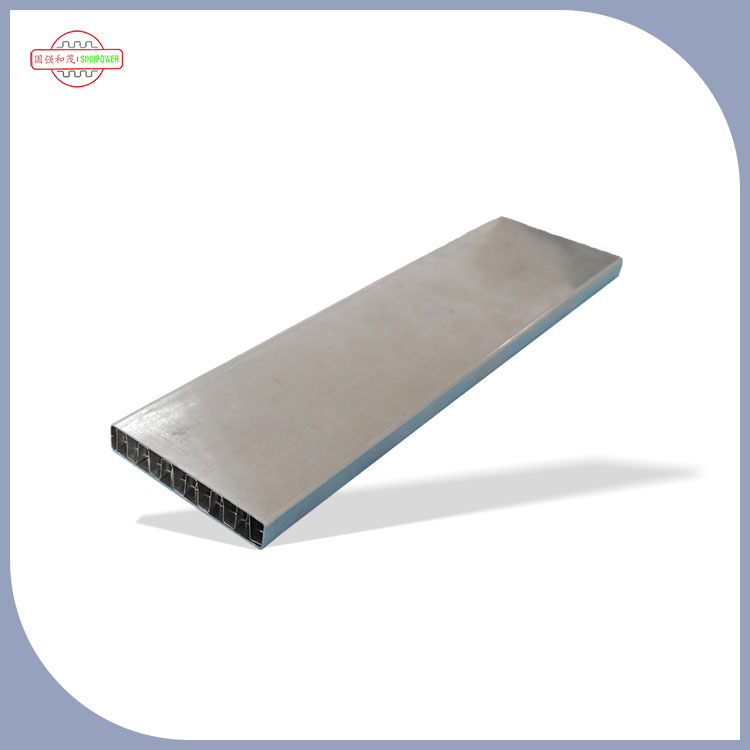The battery cooling plate is a key component used for thermal management of batteries, especially lithium-ion battery packs. Its main function is to quickly dissipate the heat generated during battery operation through contact heat exchange, maintain battery operation in a suitable temperature range (usually 20-45 ℃), and ensure its safety, efficiency, and lifespan.

Its core features include:
Structural design: mostly flat thin plates (made of metal materials such as aluminum, copper, or composite materials) with microchannels or channels inside, which can remove heat through liquid circulation (such as coolant) or air flow; Part of it adopts flexible design, which can tightly adhere to the surface of the battery and reduce contact thermal resistance.
Working principle: By directly contacting the battery cell or module, the heat generated by the battery is conducted to the cooling medium (liquid or air), and then the heat is exported from the system by the medium, avoiding thermal runaway caused by local overheating (such as battery bulging or fire), while reducing temperature differences within the battery pack (usually controlled within ± 5 ℃), and improving overall performance stability.
Application scenarios: Widely used in high-power scenarios such as new energy vehicle power batteries and energy storage battery packs, it is the core component of liquid cooling or liquid cooling air cooling composite thermal management systems, suitable for the heat dissipation needs of high-energy density batteries.